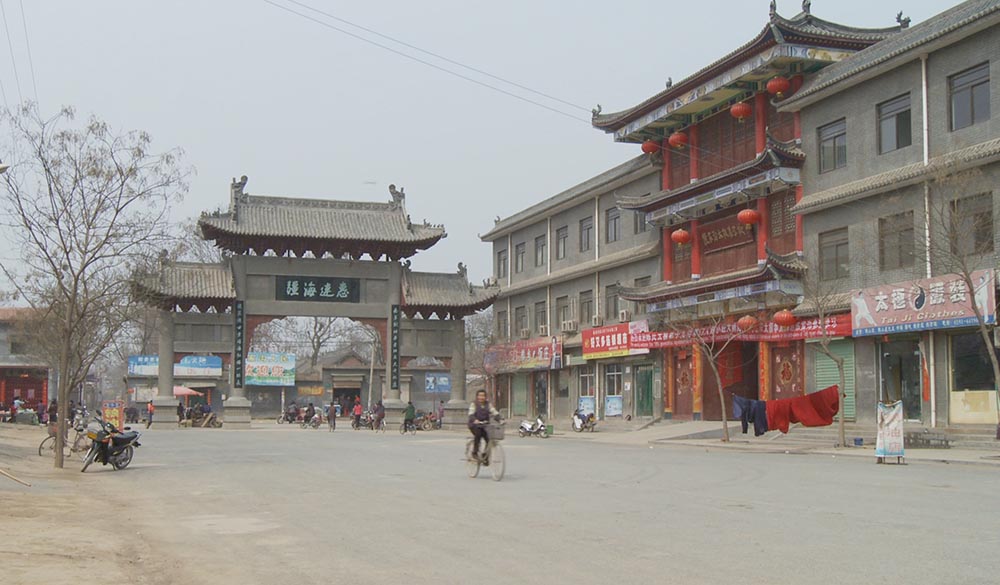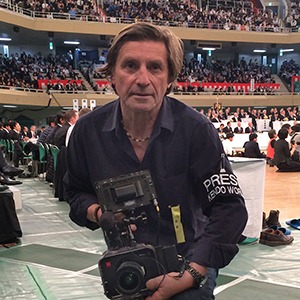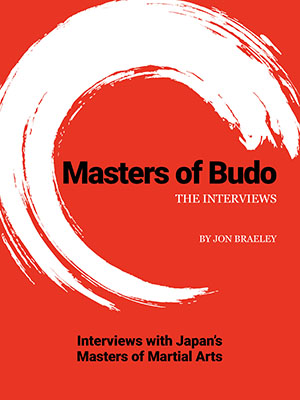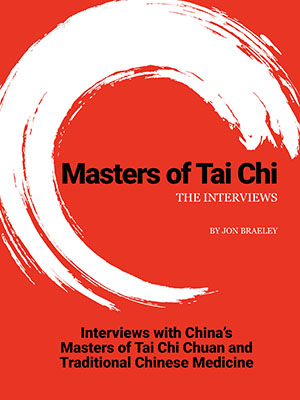Who is Grandmaster Chen Xiaowang?
I have posed questions for Chen Xiaowang of Chen Tai Chi style on many occasions now, the first being at the original Chen school in Chen Village in 2008. Grandmaster Chen Xiaowang was born in 1945 in Chen Village (Chenjiagou) Henan Province, China. He is the 19th generation lineage holder of Chen family tai chi chuan. As the gatekeeper of Chen style tai chi, the future of the Chen family rests upon the shoulders of Grandmaster Chen Xiaowang.

Jon Braeley interviewing Chen Xiaowang in the Chen Village school
Chen Village School
There is something mystical about this tiny village in the center of the farmlands of Henan province. It is perhaps that of the 3,000 Chen Village residents, 2,500 practice tai chi. I think another part of the allure of Chen Village is how unassuming it is, especially when you consider it’s show-off neighbor, the Shaolin Temple, is about a three hour drive away. When you arrive on the narrow dusty streets of Chen Village you really sense something is special. Why are there foreigners on the streets of such a small remote village? Many of the blue and white street signs point to a tai chi destination, either a historic home, museum or a martial art school. It’s as if tai chi chuan is in the village air or in the food.

Chen Village- the Tai Chi school entrance is through the red pavilion
Some Questions from our Interview
What are the differences of Chen style with other styles of Tai Chi Chuan?
On the surface, Chen style tai chi includes both soft forms and hard forms. In the past, the government paid more attention in promoting 24 posture of tai chi, and now almost everybody knows tai chi 24 posture. For most of the people, this 24 posture of tai chi, which is slow and soft, is the real tai chi. When Chen style tai chi was introduced into society at the beginning, it was misunderstood by many people, who regarded it as a kind of kung fu, and not tai chi. This was a big misunderstanding.
Other styles of tai chi, such as Yang style, Wu (second) style, Wu (third) style and Sun style, actually all developed from routine one, which includes more soft movements than harder ones. They did not practice routine two. So over time, people had the impression that tai chi is composed only of soft movements. When you practice explosive power, they think it is not tai chi. Again, this is a misunderstanding.
Traditional tai chi was late in being spread into society. In the past, Yang Shoucheng (1910–1985) arrived in Beijing and began to teach in the palace of Qing Dynasty. The people living in the palace could not accept the traditional way of practicing tai chi. So the movements were made softer, with less power. At that time, the foremost person of Chen style tai chi was Chen Gengyu, who is of the same generation as Yang Shoucheng. Chen Gengyu was a fighting soldier in the army. So Yang is promoting tai chi Chuan to the public, while Chen is fighting in the wars, which is far away from the practice of tai chi. Usually the first person that promotes their style, can leave people with the strongest impression. In this case, the tai chi of Yang, which is slow and soft.
The movement of explosive power is the feature of routine two, which is a higher level than routine one. Combining soft and hard movements together is the feature of Chen style tai chi. Basically, other styles of tai chi all have their roots in Chen style tai chi. They all share a common theoretical foundation.

Chen Xiaowang teaching a class of visiting foreigners
What is the term silk-reeling in Tai Chi?
As I said before, some government officials said to me that other martial arts forms have basic skills, that are easier to learn, so why not Chen style tai chi? I replied that the old frame routine one is the basic skill set of Chen style tai chi. However, the officials said this form is too difficult for people that are beginning, and they requested that we make a new set of basic skills. So this is why we created silk-reeling.
Silk-reeling is the principle way of movement in Chen style tai chi. Through silk-reeling practice, practitioners can find the rules needed in the simple movements. The round and spiral movements in silk-reeling are there to practice within the tai chi circle. After you grasp the rules of silk-reeling, moving fast is explosive power, moving slowly is soft power.

Jon Braeley and Chen Xiaowang talk nearby the Yellow River
What is the connection of Yin and Yang with Chen Style?
For the human being, males are yang and females are yin. For the hands, the back of the hand is yang and the palm is yin. Those are all visible things. The invisible things, are such as when people do not feel happy about something. This is ‘losing balance’. This is invisible. Qi is invisible. So yin and yang principles apply to both visible things and invisible things. In the practice of tai chi, we should not only focus on the visible things, but also the invisible things.
Maintaining mental balance and the balance of qi is an invisible act. The balance using movement and posture is visible. To go forward is yang, and to retreat is yin. To go upward is yang and to go down is yin. To be open is yang, and to close is yin. All these yin and yang states are identified by the yin and yang style. The human body is then regarded as a tai chi circle. The size of the circle depends on how tall you are.
Only when you move within your own tai chi circle can you keep balance. The extremes of yin produces yang, and same for the opposite, the extremes of yang produces yin. For example, in a tai chi movement, when the qi moves to the hands, that is the extreme of yang. If you continue moving and lose balance, that means you go outside the sphere of the tai chi circle. It is called ‘over yang’ or wuchang.

This movement is quite large and blocking the movement of qi in a way, we call it wuchang. For the extremes of yang produces yin, it means when the movement reaches the extremity but not exceeds it, yang will become yin. When the qi goes back to dantian (energy center), it is the extreme of yin. If you continue moving, that also exceeds the extreme of yin and will have negative effects of the movement of qi.
If you do not exceed the extreme, the yin will become yang and keeps moving the same way back again. In this circle or sphere, you can move forward, backward, left, right, upward and downward. No matter how much the movements change, the principle is always the same. When yin becomes extreme, it produces yang, so it is in the opposite way. This is the rule of movement. Moving more or less is all ‘wucha.
Why do we practice tai chi chuan this way? It is just because you are not moving correctly. Moving more or less is all wucha. The process of practicing is just to narrow the wucha. Only when you narrow wucha can you gain more strength. If you succeed in narrowing the wucha, that means you practice very hard, if you don’t, that means you are not finding the right way to practice. In the sphere of the tai chi circle, in the aspect of keeping health, make sure that qi can reach every part of the body. Moving within the sphere of the tai chi circle, and making the circulation system work normally is the basis of keeping good health. Any part of the body that is without qi will have the chance to get a disease. To ensure the normal circulation of the body is the method to keep healthy. In fighting, as long as you make sure not to exceed the core circle, you win in the end. So the rule behind keeping healthy and winning in a fight is all the same, meaning it is the principle of yin and yang movement.








